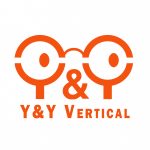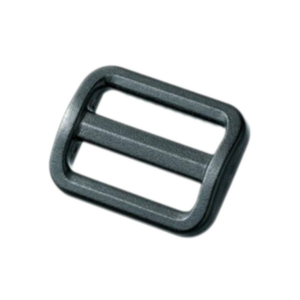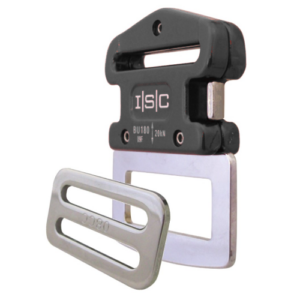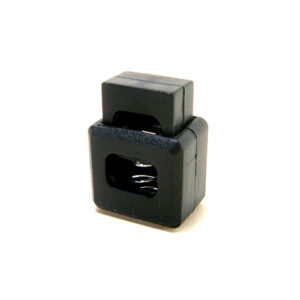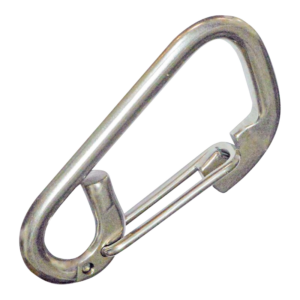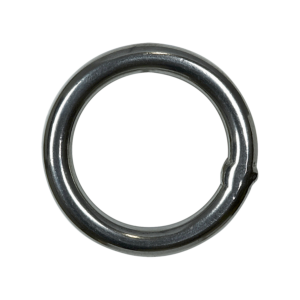Working at Height Fall Protection
Prevention of a fall can be achieved by use of a restraint system, which ensures that a worker cannot reach a position where a fall could occur. For example on the flat roof of a commercial building, the system might comprise a central anchorage on the roof, harnesses for the workers, and ropes connected to the harnesses. If the rope is shorter than the distance to the edge of the roof, then this is a restraint system. Because no fall can occur, the strength requirements are lower for this type of system. If a fall might occur a fall-arrest system must be used, and the equipment provided has to be capable of holding the impact of such a fall. See section 7. A third type of system, intermediate between these two, is a work-positioning system. This arises when a worker is suspended in a harness, such as on a power pole. See section 6. Any fall protection system always requires three elements:
- A suitable harness
- An anchorage capable of sustaining any applied load
- The means of connecting the two together
The connection part of the system can include a lanyard (which must include a personal energy absorber if it is used in a fall-arrest system), a rope and rope grab, and connectors such as karabiners and snap-hooks. Under the hierarchy of control, the elimination of fall hazards is the preferred approach, so the prevention of a fall by using a restraint system is the preferred method of working wherever possible. The order of preference of fall protection systems is therefore as below:
- Restraint system
- Work-positioning system
- Fall-arrest system






